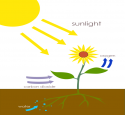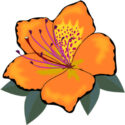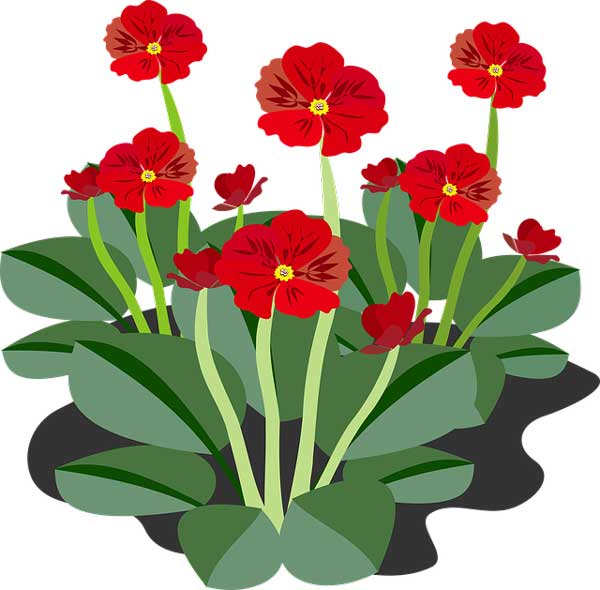 The plants which can produce flowers are called flowering plants. These plants fall under the category of vascular plants. These plants can transport water and nutrients throughout their different parts. Vascular plants transport nutrients and water with the help of special tissues; xylem and phloem. There is a separate scientific term used to describe a flowering plant called angiosperm.
The plants which can produce flowers are called flowering plants. These plants fall under the category of vascular plants. These plants can transport water and nutrients throughout their different parts. Vascular plants transport nutrients and water with the help of special tissues; xylem and phloem. There is a separate scientific term used to describe a flowering plant called angiosperm.
What Are Flowers?
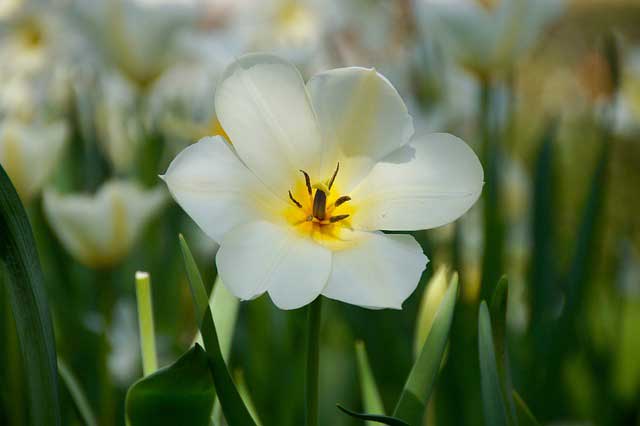 Flowers are the beautiful part of plants that gives us visual attraction and refreshing smells. We all love flowers and their good smell. Many people visit the parks and forests to see plants and flowers. You may be familiar with the famous Rose flower, which has a red color and a good smell.
Flowers are the beautiful part of plants that gives us visual attraction and refreshing smells. We all love flowers and their good smell. Many people visit the parks and forests to see plants and flowers. You may be familiar with the famous Rose flower, which has a red color and a good smell.
Flowers are the reproductive parts of a plant which contain the sex organs. They produce seeds and fruits by pollinating and fertilizing. The main parts of a flower are sepal, petal, stamen, filament, anther, pistil, stigma, and carpel.
What Are Fruits?
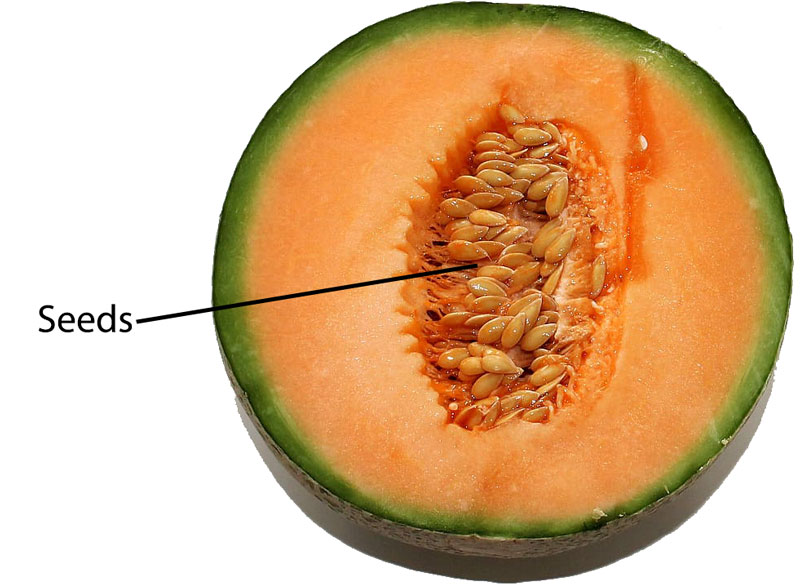 Many flowering plants don’t produce seeds directly. Instead, they produce fruits from flowers, and seeds are contained inside the fruits. Fruits are fleshy ripened ovaries of plants, e.g. apples, bananas, apricots, almonds, and corn grains. The plants produce fruits from flowers because it helps them to spread their seeds.
Many flowering plants don’t produce seeds directly. Instead, they produce fruits from flowers, and seeds are contained inside the fruits. Fruits are fleshy ripened ovaries of plants, e.g. apples, bananas, apricots, almonds, and corn grains. The plants produce fruits from flowers because it helps them to spread their seeds.
Life Cycle of the Flowering Plants
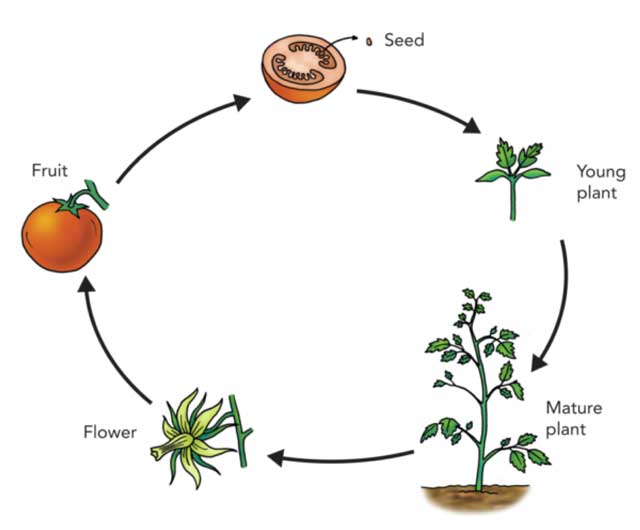 A flowering plant starts its life as a seed, which is germinated and grows its first roots and leaves. The plant then continues to grow and takes the necessary nutrients and water for its growth. When these plants reach maturity, they produce flowers. Then, the pollination starts and the female part is fertilized to produce seeds and fruits. These newly produced seeds are ready to start their life once they reach the rich and moist soil.
A flowering plant starts its life as a seed, which is germinated and grows its first roots and leaves. The plant then continues to grow and takes the necessary nutrients and water for its growth. When these plants reach maturity, they produce flowers. Then, the pollination starts and the female part is fertilized to produce seeds and fruits. These newly produced seeds are ready to start their life once they reach the rich and moist soil.
Pollination
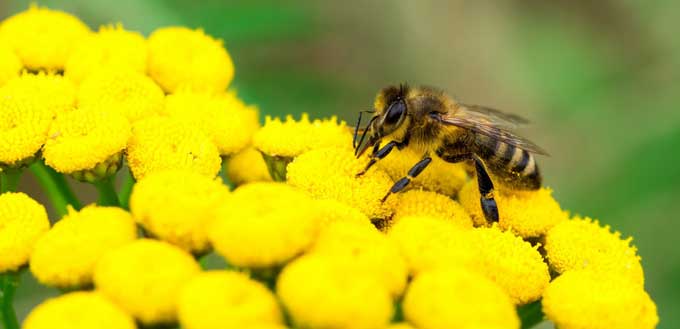 When flowers are produced in a mature plant, they need to be pollinated for making seeds. Plants get pollinated when the pollen from the male part of a plant called the anther reaches its female part called the pistil. After pollination, fertilization starts in the ovary of the pistil and the seeds or fruits are made in the process.
When flowers are produced in a mature plant, they need to be pollinated for making seeds. Plants get pollinated when the pollen from the male part of a plant called the anther reaches its female part called the pistil. After pollination, fertilization starts in the ovary of the pistil and the seeds or fruits are made in the process.
Pollination Methods
Various methods help plants in pollination. Some of them are:
Insect-Pollinated Flowers
Plants produce flowers that attract many insects due lovely scent and sweet nectar. These insects reach inside the flower to eat pollen. In doing so, sticky pollens get attached to their bodies. When the same insects will go near to female parts of a flower in the same plant or another, its body will touch the pistils. The upper part of the pistils called the stigma is also sticky. It catches pollen rubbed against it by the body of insects.
Wind Pollination
Wind plays an important part in pollinating plants which don’t have nectar and scent to attract insects. These plants have elongated anthers that come out of flowers so that pollen can travel with the wind and reach the pistil for pollination.
Hand Pollination
Humans also take the pollen from one plant and move it to another plant for increased fertility of their crops.
Seeds
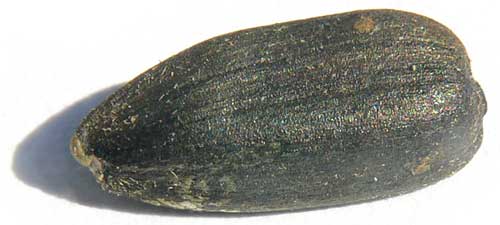 Seeds are produced when plants are fertilized. These seeds contain the embryo of a plant (much like a baby) and the necessary food. It is protected with an outer coating.
Seeds are produced when plants are fertilized. These seeds contain the embryo of a plant (much like a baby) and the necessary food. It is protected with an outer coating.
The seed must be germinated to grow as a plant. For germination, it needs many necessary things including rich soil and water (see How Plants Grow). There are many ways in which seeds disperse across the land. Some are given below:
- Wind
- Rivers and Streams
- Animals
- Humans
Interesting Facts
- Many flowers are used to make scents due to their good and attractive smell.
- Rafflesia arnoldii is the largest flower. It grows as large as 3 feet and can weigh 15 pounds.
- Wolffia is the smallest flowering plant, which is about the size of a rice grain.
